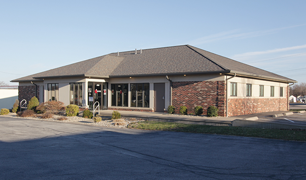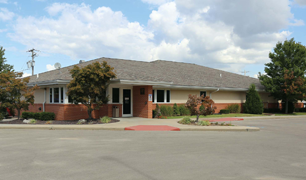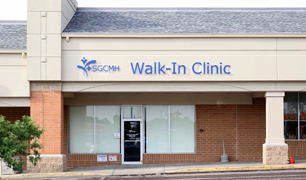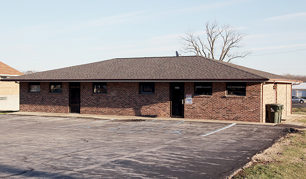Three to Seven Day Holter Monitoring
Holter monitors are medical devices that are worn for several days and continuously record the heart’s electrical activity. Your provider may order a holter monitor to rule out an arrhythmia, which are problems with the rate or rhythm of the heartbeat. A holter monitor is worn in a patch that is stuck to your chest. While wearing the monitor, you will need to keep a diary of specific symptoms that you may have. You will be able to shower while the monitor is worn. Staff will apply the monitor and instruct you on its use and how to record symptoms. After you are finished wearing the monitor, a physician will interpret the findings.
Mobile Telemetry/Event Monitoring
Event Monitors/Mobile Telemetry are small medical devices that are worn on the chest for up to 30 days. The monitor can automatically detect certain arrhythmias and very fast or very slow heart rates. While wearing this type of monitor, you will be instructed to record specific symptoms that you may have by pressing buttons on the equipment. The heart’s electrical data is continuously sent via cell phone to a large data center where the information is reviewed. A physician will then review the information for interpretation. You will be instructed by staff about how to wear and use the monitor.
24 hour Blood Pressure Monitoring
Ambulatory Blood Pressure Monitors are medical devices that are worn continuously for 24 hours. During this time, a blood pressure cuff that is worn around the upper arm inflates and records blood pressures at specified intervals. Blood pressures are taken less often during the nighttime hours. Once you return the monitor, the information is downloaded and given to your provider. You will be instructed about wearing the monitor by a staff member.









